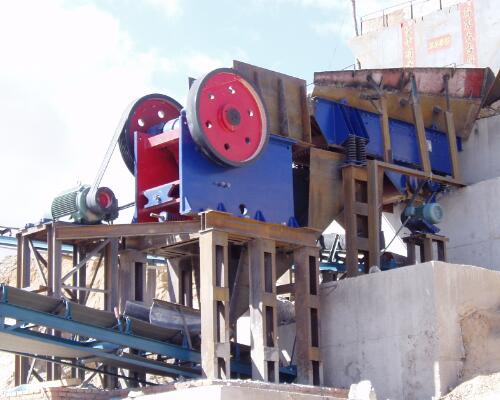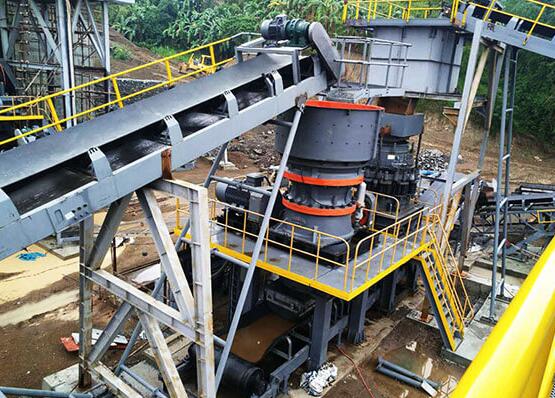Limestone Crusher
Limestone, a vital raw material widely used in construction, manufacturing, and agriculture, is frequently extracted through mining.Limestone crusher is a crushing machine that is used to crush large pieces of limestone into smaller particles. This machine is commonly used in cement plants, mining, and construction industries to crush and grind raw materials into the desired size for further processing. Limestone crusher plays a crucial role in the initial processing of limestone, facilitating its transportation, crushing, and screening.
The limestone crusher works by feeding the raw material into the crushing chamber where it is crushed by a series of hammers that rotate at high speed. The crushed limestone is then transported to a secondary crusher for further processing.
There are several types of limestone crushers available in the market, including jaw crushers, impact crushers, and cone crushers. Each type of crusher has its own unique features and advantages, depending on the specific application and industry requirements.

Types Of Limestone Crusher
Jaw crushers are commonly used in mining and construction industries, as they are capable of crushing large rocks and ores into smaller particles. They are also ideal for crushing limestone due to their high reduction ratio and low power consumption.
Impact crushers, on the other hand, are ideal for crushing softer materials such as limestone, as they use a high-speed rotor to crush the material against a hard surface. This results in a more uniform and consistent particle size distribution.

Cone crushers are also commonly used in the mining and construction industries, as they are capable of crushing the hardest rocks and ores. They are also ideal for crushing limestone due to their high reduction ratio and low operating costs.
Operational Principles of Limestone Crushers
1. Primary Crushing
Primary crushers break down large limestone rocks into smaller, manageable sizes. Common types of primary crushers include jaw crushers, gyratory crushers, and impact crushers. These crushers employ mechanical pressure to compress and fracture the limestone, enabling further processing.
2. Secondary Crushing
Secondary crushers further reduce the size of limestone obtained from primary crushing. Cone crushers and impact crushers are commonly used for secondary crushing. These crushers ensure the production of consistent-sized limestone, suitable for various industrial applications.
Limestone crusher is an essential machine in the cement, mining, and construction industries. It is used to crush and grind raw materials into the desired size for further processing. With the wide range of limestone crushers available in the market, it is important to choose the right one for your specific application and industry requirements.









